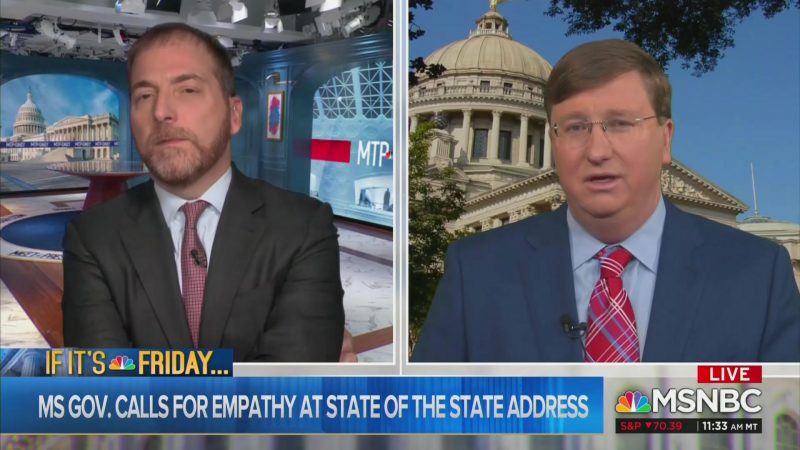Looking To Seize The Issue From The GOP, Hillary Proposes $350 Billion Higher Education Plan

Presidential Democratic front-runner Hillary Clinton is set to propose her campaign’s biggest policy item on Monday; a $350 billion blueprint set to wrangle in the ever-expanding debt of college students, in an effort to help borrowers repay their loans.
Similar in approach to President Barack Obama’s collegiate affordability agenda, Clinton’s plan is to be revealed at her campaign stop today in Hew Hampshire, and then expand outward later in the week. The proposal, which will include federal incentives giving states the ability to increase their spending for higher public education, will give the student the option to graduate from a state or university without having to take out a loan, and it will help the borrowers with refinancing their existing debt first setup by the Obama Administration.
Higher education and easement of attaining it would be a top priority of the Clinton administration if elected. The means to which these debts would be relieved for so many would come by capping itemized tax deductions of the wealthy. This, however, would have to have Congressional approval.
This step into the education forum will likely appease the education advocates and give Clinton a chance to detail her plan to the voters prior to the election in November ’16. With this move, Clinton will seize the collegiate issue forcing Republican presidential runners for 2016, to be squared up into her sights during the remainder of her campaign.
Three Republican hopefuls, former Governor Rick Perry of Texas, Governor John Kasich of Ohio and Governor Scott Walker of Wisconsin, each oversaw cuts to their states’ education funding, yet Kasich proposed higher education funding and tuition.
Much like the Affordable Care Act, the “Education Compact” would do the same for higher education as what the Affordable Care Act does for health care. For an example, expenses like marketing a university or the construction of a new stadium such as football would be comprised of a University’s spending but at a reduced percentage.
Image via USA Today






